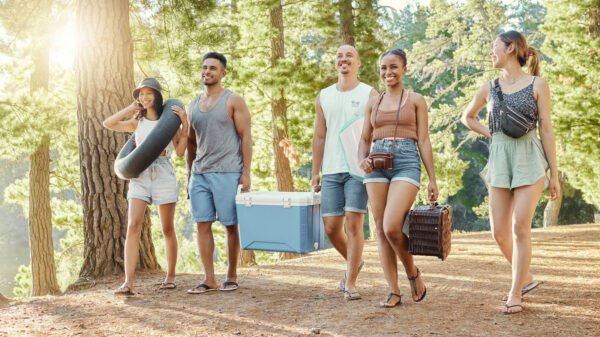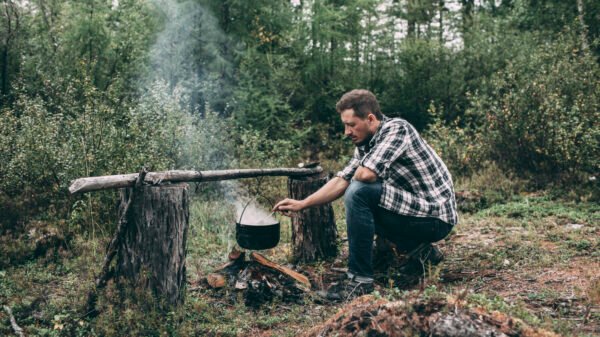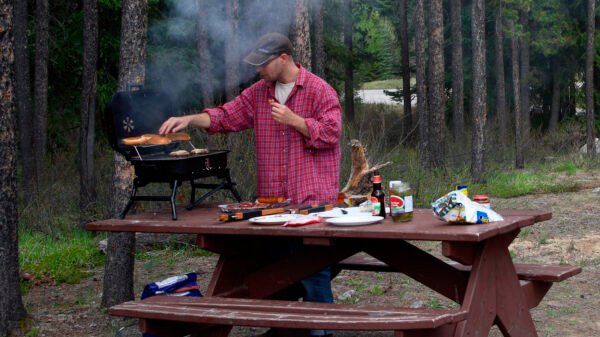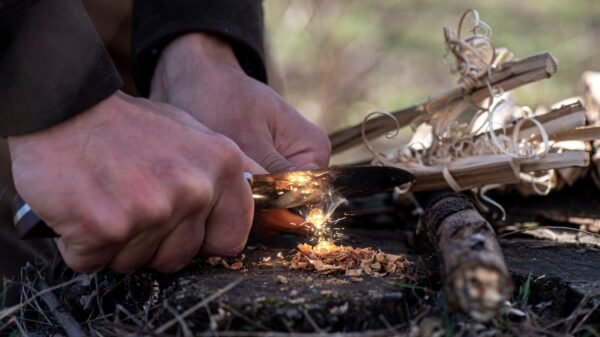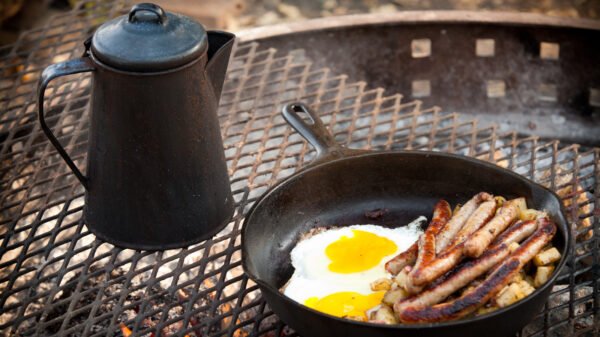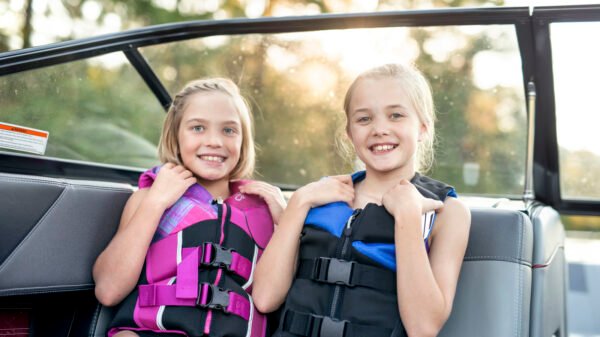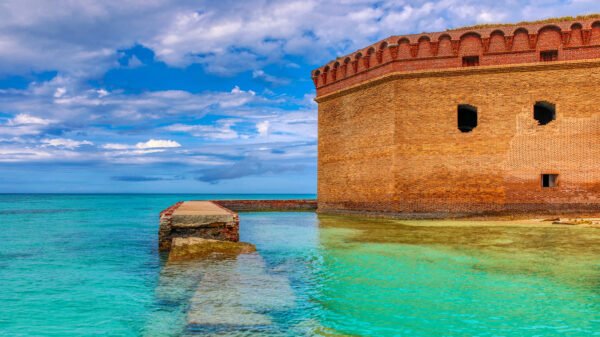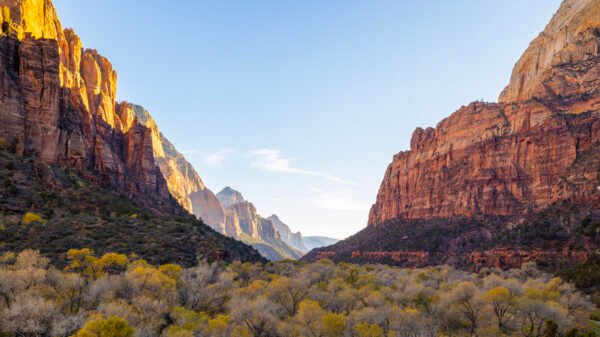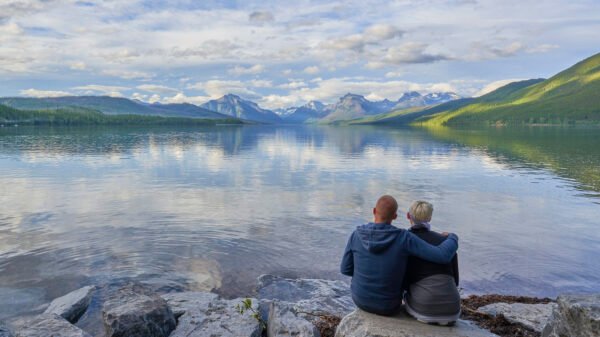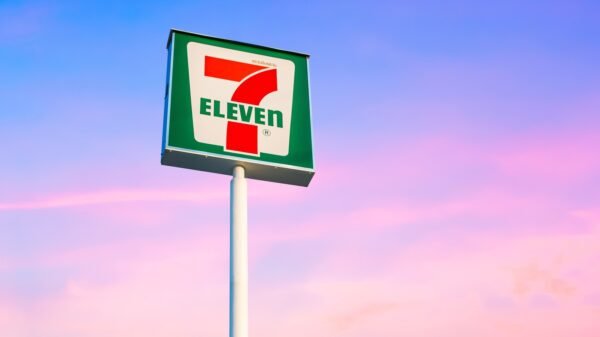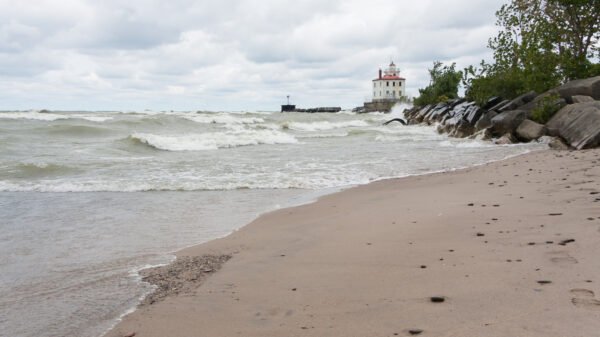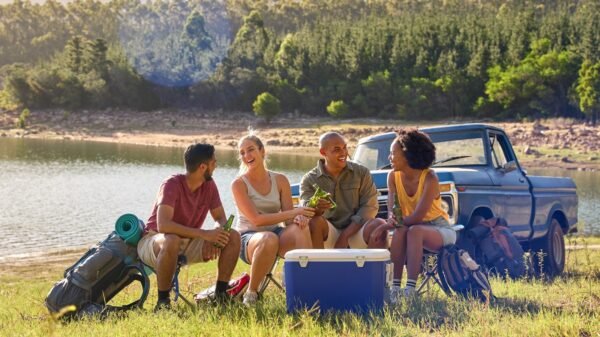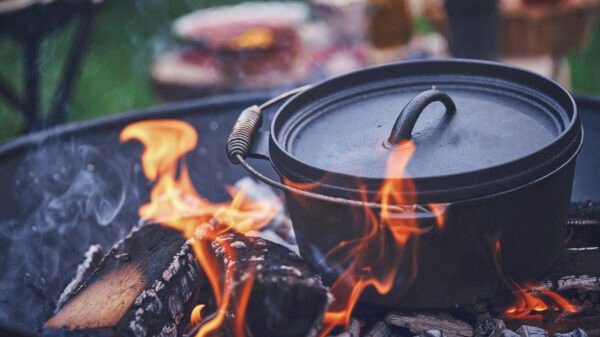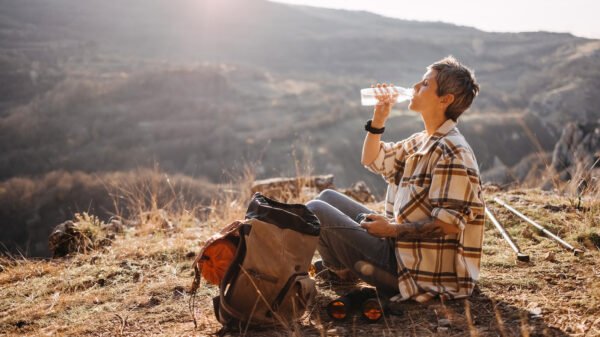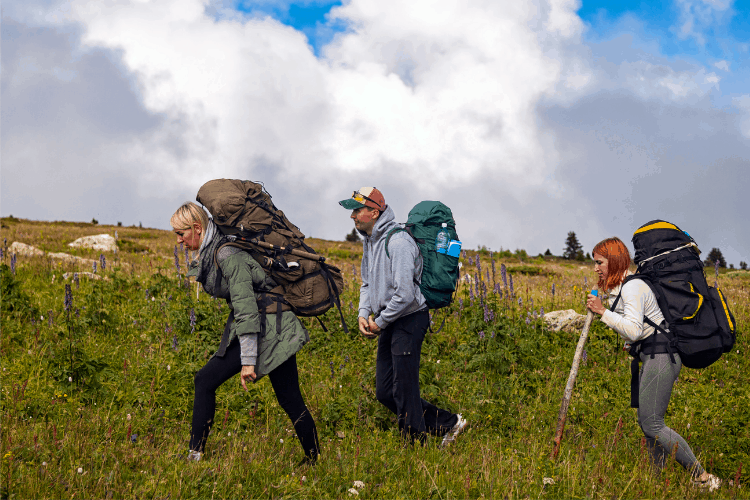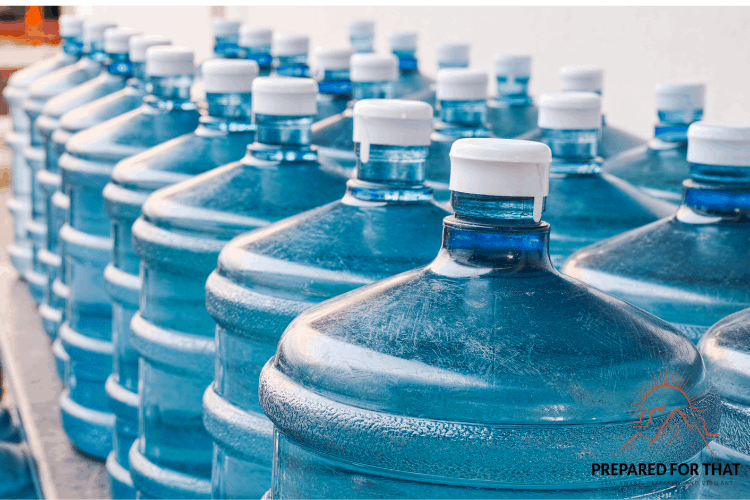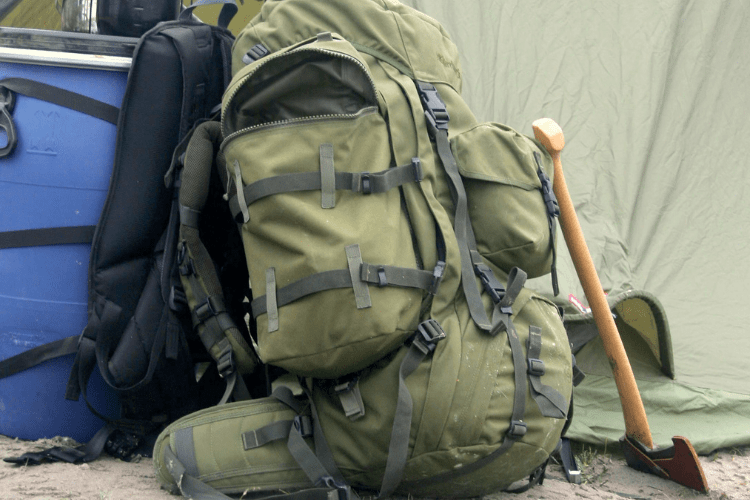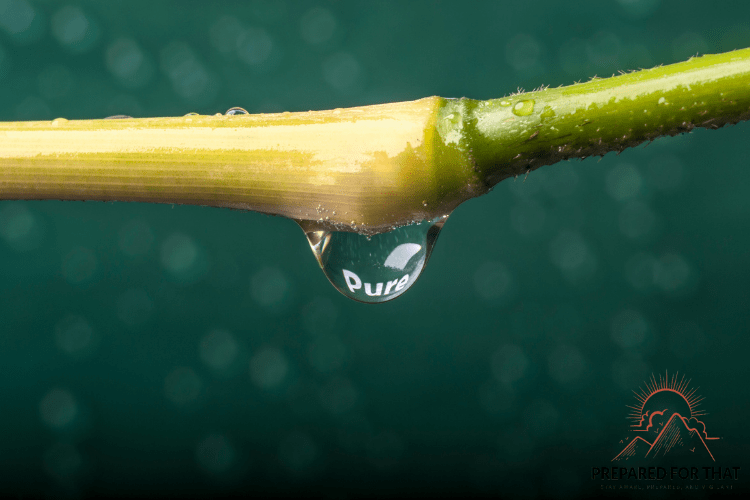This post is about the prepper’s long-term survival guide on what to do in an emergency. This includes a glimpse at how you can use all kinds of plans and supplies to handle any disaster situations that you might come across.
Identify Types of Natural Potential Risks and Hazards In Your Area When Prepping
Many possible threats may occur in your local area. While it is real that a chemical strike, asteroid impact, or governmental or economic collapse can happen in almost any part of the country, you need to be mindful of the particular risks that could happen, especially where you live right now.
Think About Any Potential Risks or Hazards in Your Area:
- How frequently do tornadoes come through your area? How powerful are they, and when do they happen?
- Is your area inclined to hurricanes and other heavy tropical storm systems? How much risk is there for a huge storm to create severe damages where you are?
- What about drainage or rain collection features in your area are. Is there a chance of flooding?
- How far are you from a nuclear power plant? These zones can be hazardous.
- Check your local area about various fault lines. Is your home in a space that is at risk of severe loss from an earthquake?
Find out more about the different Types Of Emergencies.
Disaster Preparedness Family Evacuation Plan
You should set up a list of emergency escape procedures for when you might have to get out of town. You should have Many emergency escape plans set up, with details relating to the following:
Planned Escape Routes: Look at your local area and see what escape routes are open. Check on routes based on their activity and whether the local government or other entity assigns them in an area as approved escape routes. Make sure the escape route you plan is free and easy to use. You might want to use two or three alternative routes to be safe.
Have a preppers survival guide Checklist: Make sure the right items are listed on your emergency escape checklist. You should cover details on the following:
Get Your Family Disaster Plan Template
- Your bug-out bag
- Family identification items
- Insurance documents, tax papers, and even computer backup stuff
- Cash, large and small bills
- Medical items, including plenty of things for first-aid and for normal care
- Medicines (if needed)
- Food and water supply
- Items for preparing and opening your food
- Sanitary materials
- Clothing Apparel
- For any items that may be used to communicate with others, bring enough batteries for all of those items.
Every item you need when you are out of your house should be written for an extended time. Approach it as if there was genuine potential for you never returning to your home. It’s tough to consider, but it is imperative to explore.
A checklist should also include information on what you must do as you leave your home during an emergency.
Read more about Bugging Out Know When to Evacuation During An Emergency
- Ensure the car or other vehicle you will evacuate has sufficient gas and is well maintained. You might need to get extra gas and oil into the car to be safe.
- Make safety elements that are left in your house visible. For example, leaving hoses or chainsaws inaccessible for firefighters to see will assist.
- Shut off all items that let air or light into your house. Shutter the curtains, seal off air ventilators, and so forth.
- Turn off all kitchen appliances and all other electrical things inside your house.
- Leave the outside lights on in your home to make it look like someone is still inside the house.
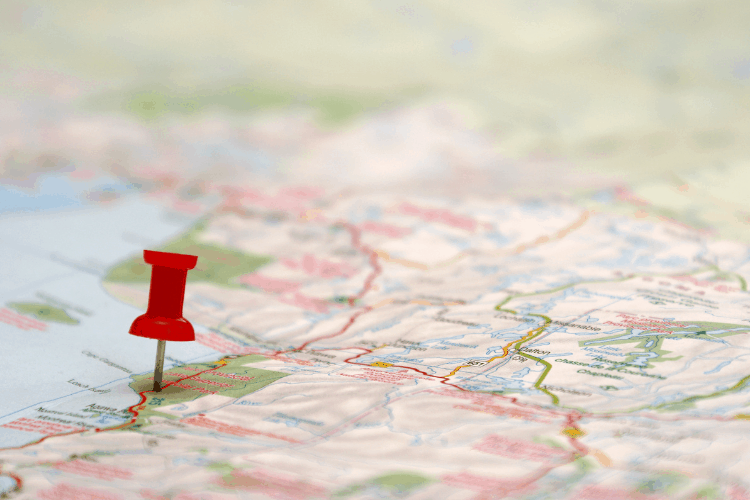
Free Printable USGS PDF TOPO! Maps at National Geographic
Have Paper Maps: Good paper maps are essential, particularly since there is no guarantee you will have access to a digital map on mobile phone equipment in an emergency.
Numerous approaches can be used when preparing your emergency maps:
- Have maps that cover the most recent information on where you reside.
- Find maps with complete road information; you should use them to your benefit. Any map will work well, but the most reliable ones have much information as possible on whatever you might want to use.
- Find maps that include at least fifty miles of space from all directions from anywhere you might live. If you can get anything more comprehensive, it will benefit you.
In Case of Emergency: What Should Be On An Emergency Contact List
Your Emergency list:
The contact list is important. This is a list of people you can contact in an emergency. You can use this list to let people know where you are now, where you will be going and why you must head out.
This listing can have the phone numbers, addresses, mobile phone numbers, and even email addresses of all the individuals you will contact. If there’s a way for you to get in touch with someone, you should add it to your list.
Your emergency contacts list should have people who:
- Are dependable
- Live outside the areas that are most likely not impacted by the same disaster you are in; locate individuals who are close enough, about less than a hundred miles away.
- Have adequate resources to help in your aid, just in case
Involve The Whole Family and Community Disaster Plan
You can also get other people in your home and community to join in and prepare for disaster situations. It would be best to talk with your family members first, particularly, so they will be on board with what you want to do.
You can do many things to get your family members to go along with your escape plans:
- Discuss whatever concerns you might have
- Allow them to offer help and support on their terms.
- Prepare your escape plans with other family members.
- Discuss how they will keep in contact in the event of any emergencies
Involving your community with such a plan can be difficult, but you can do this. The most useful thing you can do is form a prepper organization in your local neighborhood.
You can set up a neighborhood that will give everyone an outlet for discussing various aspects of escape plans and preparing for emergencies. If you can address the threat of several disasters coming into your area, you will unquestionably have a simpler time gaining the most out of a plan.
There are several places that you can visit when growing members of your organization:
- Hunting Shops
- Gun Shops
- Farmer’s Markets
- Outdoorsman Stores
It always helps to look online to set up interest groups in your local area.
Test Your Emergency Preparedness Drills and Exercises Plan
You need to test your plan so you can ensure that it won’t run into any obstacles if you have to get it going:
- Test escape routes to see how they might run. See if you can try them out through peak traffic hours to see if they are routes that will be compliant.
- Test carrying skills by collecting your supplies, packing them into a vehicle, and taking them in as promptly as possible.
- Reach your emergency contacts at a specific time to see how they feel about being on your list.
If you have others going with you, see if you can get them to join you at a specific place with all their items before the deadline. If everyone can get to the place, your plan should be easy to use in the long run.
Survival Water Storage, Purification and Filtering for Long Term
Water is going to be very important for your survival needs. You will need to gather water for use with many pointers in mind.
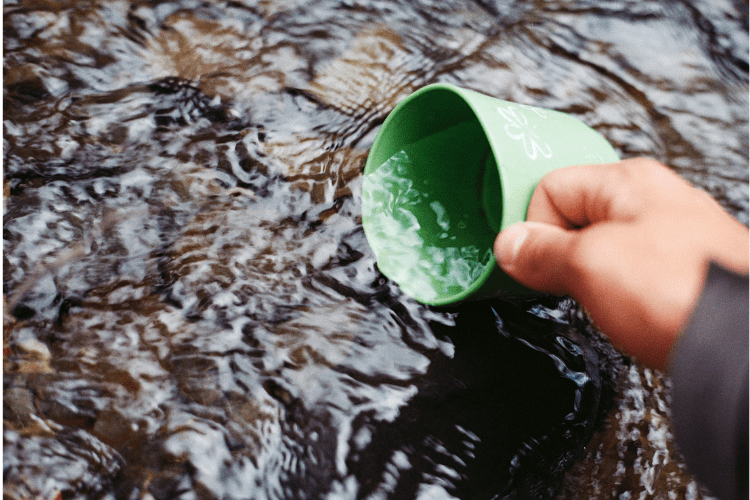
Storage:
- Store your water in a plastic container with a recycling symbol with a number from 1 to 7. This is to ensure that the water will be kept safe and secure.
- A stainless steel tank can be used if you have a tight seal. Many canteens are built with stainless steel frames.
Purification:
Purification is where chemicals and other harmful elements are eliminated from the water.
- A compact stove can boil water so bacteria can be destroyed. You’ll learn more about butane stoves later on in this guide.
- Iodine-based tablets may be utilized to clean out water at room temperature.
- A water purifier can also be combined with your water storage items. A purifier can involve a UV-based or built-in model that collects and clears out toxic pollutants so your water will be clean. Some water bottles and additional storage items are sold with their purifiers.
Filtering:
A water filter will produce a physical barrier through which your water can move. This will separate all sorts of physical items in the water from pure water, thus supplying you with cleaner water.
A good filter can be located in many storage bottles and tanks. It will ensure that the water is safe to drink. But, you must be conscious of how you care for the filter. A filter might have to be replaced at times or at least rinsed off. Also, the objects accumulated by the filter should be cleaned out occasionally.
Do you know What the difference is between Water Filtration And Purification?
Stockpiling, Storing, and Preserving Food for Long Term
The foods you gather can be lifesaving when you are out on the run throughout an emergency. However, you have to consider the foods you will bring along with you.
Food to Stockpile:
Make sure you stockpile the best kinds of foods. These combine foods that can store for an extended period, including:
- Whole grains
- Pasta
- Rice
- Beans
- Canned products
- Sugar
- Salt
- Nuts
- Cooking oil
Storing Foods For Long Term:
- Try storing them in a space that is at room temperature so they will not spoil.
- Make sure everything is sealed and secured. No seals should be open on anything.
- Keep light away from all of the foods you store. Light can cause some foods to spoil.
Preserving Food:
There are many ideas you can use when preserving food:
- You can begin by canning your food. You can do this by storing items in a can, placing a lid, and then adding the can to a pressure cooker with hot water to create a sturdy seal.
- A vacuum sealer may also be used to store all kinds of foods. This will prevent oxygen atoms from escaping so the foods will not decompose quickly.
- You can even dehydrate foods by using a traditional food dehydrator. Extracting the moisture from foods will assist you in keeping them from rotting. You can rehydrate foods later on if you need to do so.
Drying and Canning Foods:
Drying and canning foods are not too hard if you know the process.
A dehydrator is crucial for aiding you in taking care of some of your foods, enabling you to dry off all sorts of foods. The foods can be heated at a moderate temperature lower than a conventional oven. Simultaneously, the moisture in the foods will be eliminated, making everything dry.
You can then store everything in a vacuum-sealed bag. Use a vacuum sealer that eliminates air from the bag as you close it.
Meantime, the canning process needs a few essential aspects:
- Use sterile cans when getting your food ready.
- Add the proper foods that you want to store into your cans.
- These can include some liquids that will preserve your foods if you want.
- Close up the cans as needed.
- Add a few inches of hot water into a pressure cooker.
- Insert the cans into your pressure cooker and seal them off.
- Bring the canner to a boil and let it vent with steam for about seven minutes.
Survival MREs
MREs, or meals ready to eat, are field rations that may benefit your food needs. These units include several different foods that can make up a full meal. They are made by adding water and using a flameless heater that comes with the unit.
This can be perfect for your food requirements, but they may not have the same tastes that you genuinely want. However, they can be helpful if you make them right.
Understanding Expiration Dates:
The expiration dates on foods are necessary to look at. These typically let you know the estimated time when the ingredients in the foods will expire.
These expiration dates note when you should use items before. If you keep foods in a normal storage space for too long, they may become more sensitive to bacteria. Consequently, it is best to replenish expired foods if feasible so that you will stay safe.
While you can use various items after their expiration dates, it is usually best to freeze items if you cannot use them before those dates. Freezing foods is particularly essential if you have extremely perishable meats.
Learn 3 Ways to Freeze Dry Food at Home Without Machine
Emergency Light, Heat and Cooking Resources
Be sure to choose the right lighting and cooking supplies to ensure you have supplies for cooking foods and the light and heat you need to make it all work.
Best Light resources can include many options:
- Battery-powered flashlights can be beneficial.
- Solar-powered flashlights or crank-powered ones that work with solar or kinetic energy may be helpful. These usually need batteries, but the battery power will not drain near as quickly as usual.
- Having Lots of candles and lighters are always great.
You can use some heating items too:
- A wood stove or woodpile that you can set on fire always helps. Be sure to avoid starting a fire in a combustible space, though.
- A portable propane heater can use portable fuel stores to start a fire. This can be helpful if you have lots of propane fuel containers to work with.
A good propane stove is a preferred choice for heating foods in the wild as you can use a pot or other container and place it with the food inside over the heater. This can be combined with water in many cases. You will be safe if you use a good cooker like this.
Make sure you have lots of propane tanks. Propane is important as it will give you a good heat source.
Devices for Communicating Effectively in an Emergency Situation
You need excellent communication tools to stay in contact with others in your group in an emergency. Your devices can include the following:
- Two-way radios
- Emergency hand-crank radio
- CB radio for a vehicle
- Traditional mobile devices, but be prepared with plenty of batteries and power adapters.
How Much Cash to Have in Emergency Kit
Have at least $100 to $200 in your Emergency Kit or in your car that you can replace if you have to use it for an emergency.
Emergency funds can be helpful while traveling. But, it is best to stick with the smallest bills possible. Many places may be hesitant to bring around larger bills through an emergency. Also, smaller bills should make transactions go as smoothly as possible.
It would be great if you only went for a few hundred dollars worth of emergency funds while traveling. After all, the odds are the money might not be of value if the economy collapses.
Emergency Medical Supplies List
Plenty of quality medical supplies will be needed during an emergency. These involve such things as:
- Antibiotics
- Aspirin and other painkillers
- Scissors to cut dressings and other items
- Sterile wipes
- Fine tweezers
- Alcohol-based hand sanitizer
- Medical tape
- Stool softeners
- Slings, bandages, and dressings
- Plenty of medicines for whatever family member needs
Sanitation and Hygiene During an Emergency
You must also have some essential sanitation supplies to keep everyone in your family clean, as bacteria can be critical in many cases. You will need the following:
- A portable toilet seat with sanitary waste bags, a deodorizer, and a hand sanitizer
- Toilet paper
- Sterile latex gloves
- Portable laundry soap
- A clothesline with pins to secure the line and the clothing
- Bath wipes (for when there is no way to get clean water for bathing)
- Assorted sanitary products for specific family members, like diapers, incontinence products, and tampons
Emergency Preparedness Clothing and Shelter
Make sure to carry about five clothing changes in your bug-out bag to ensure you have plenty of things to wear. This is particularly considering you can never tell if some of your clothes will get torn or damaged.
A temporary shelter like a tent can be helpful too. A tent can be propped up in any location and build a haven to stay in through an emergency. It can also help get sleeping bags to sleep in at night so you can stay warm and comfortable.
Sources:
https://www.tulane.edu/~sanelson/Natural_Disasters/introduction.htm
https://www.redcross.org/get-help/how-to-prepare-for-emergencies/make-a-plan.html
https://www.cdc.gov/healthywater/global/sanitation/sanitation-emergency-response.html
https://www.google.com/books/edition/Be_a_Prepper/NkttjwEACAAJ?hl=en

